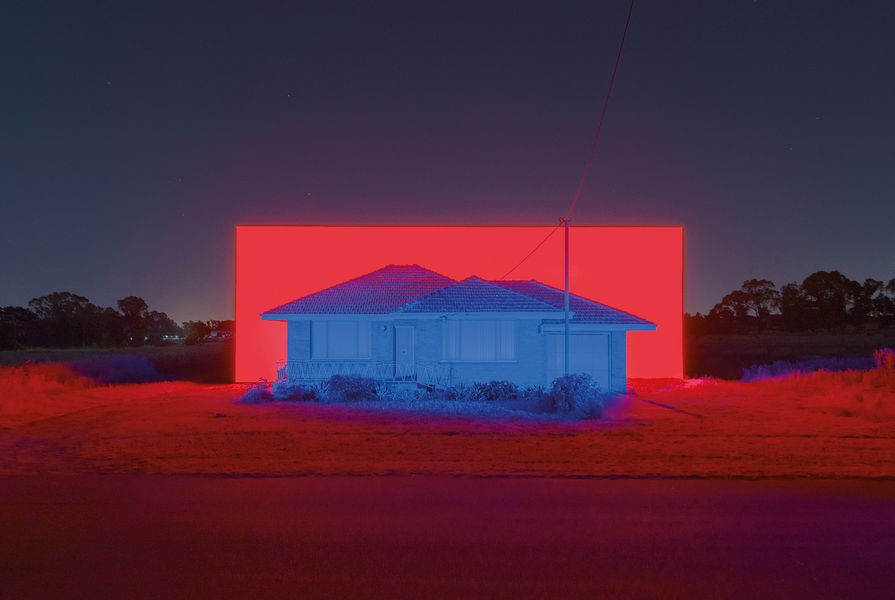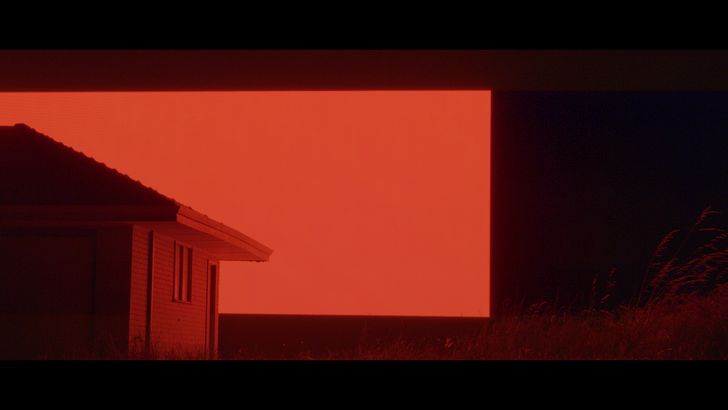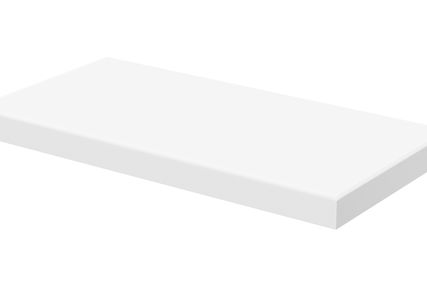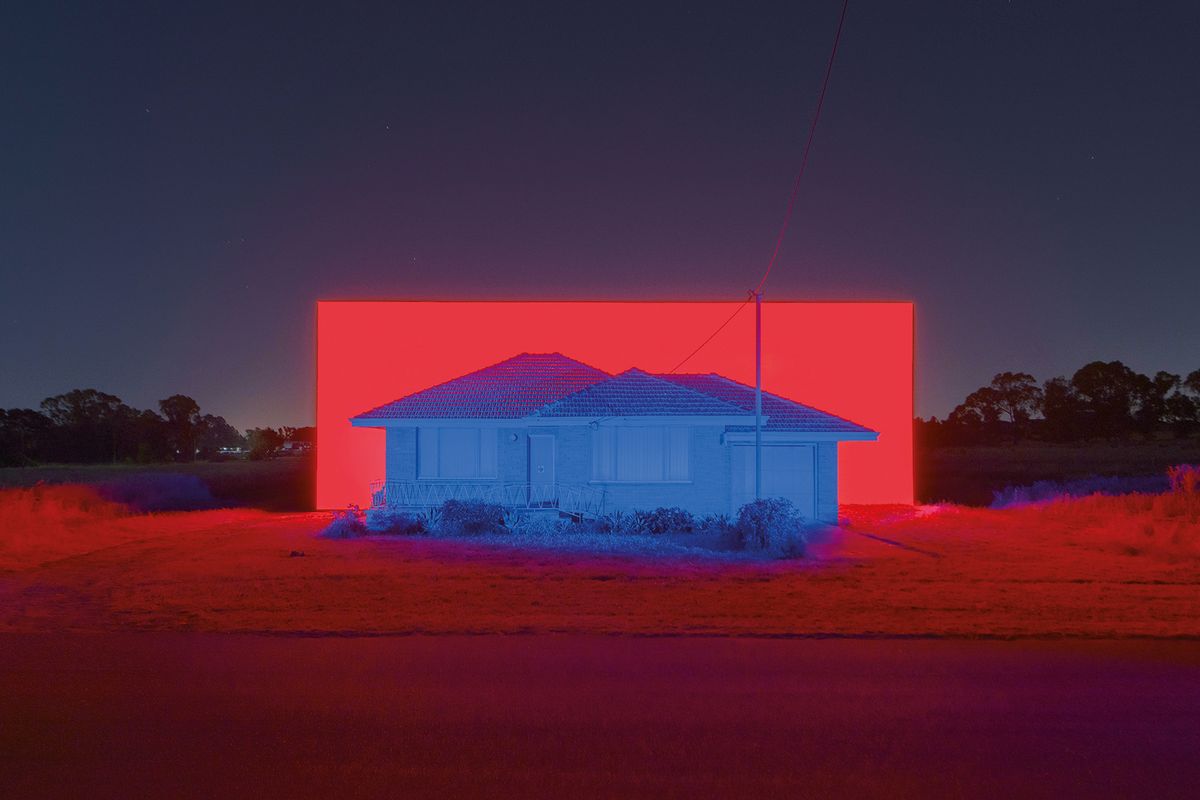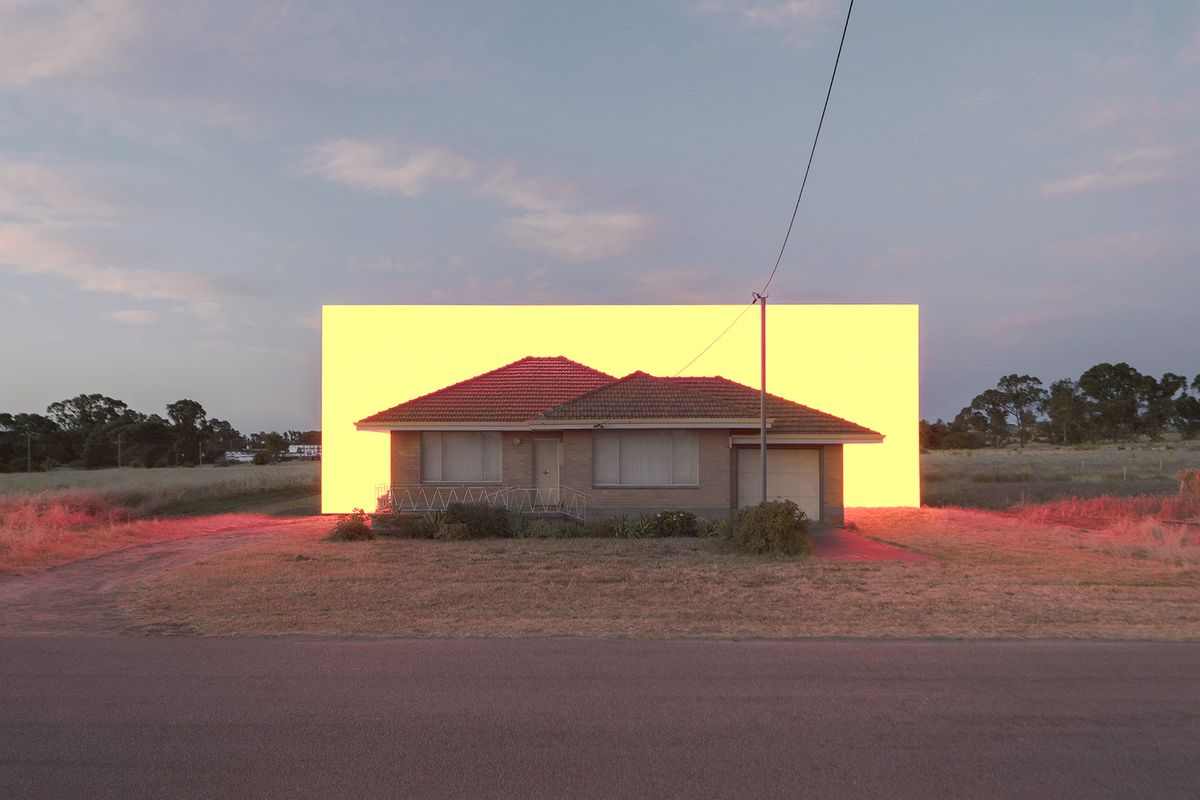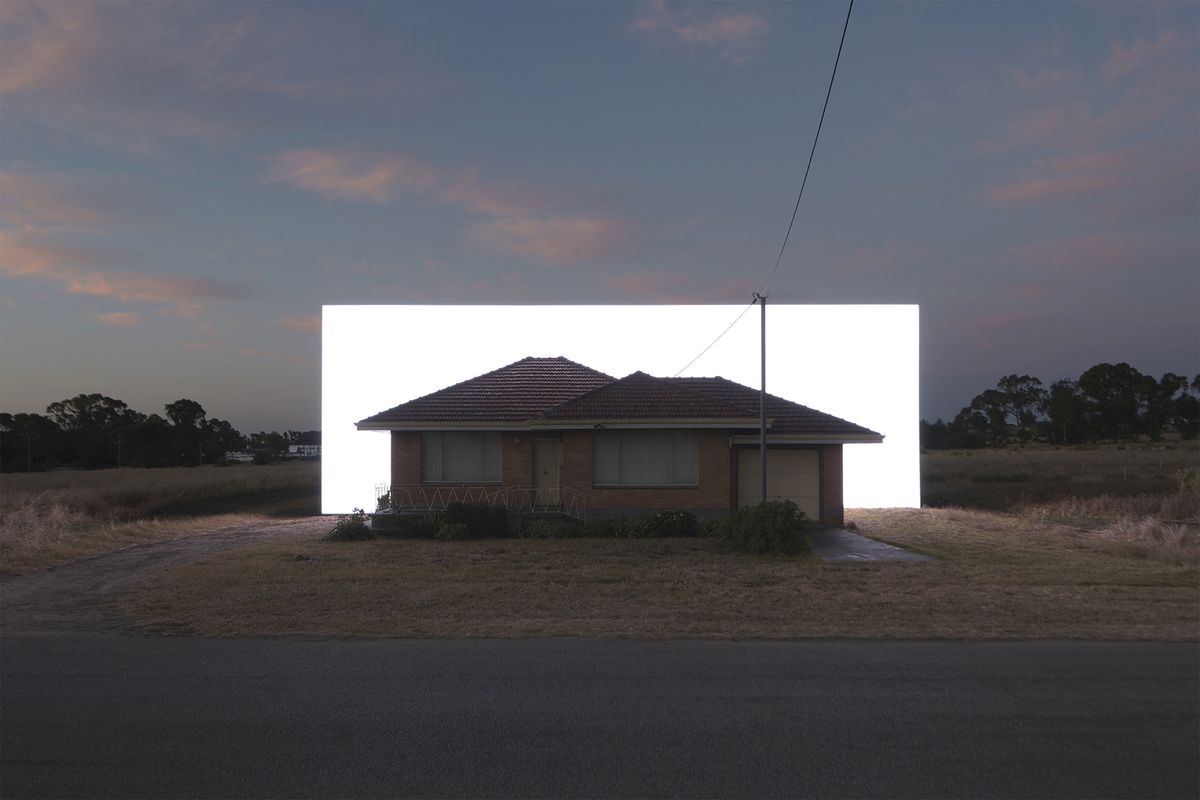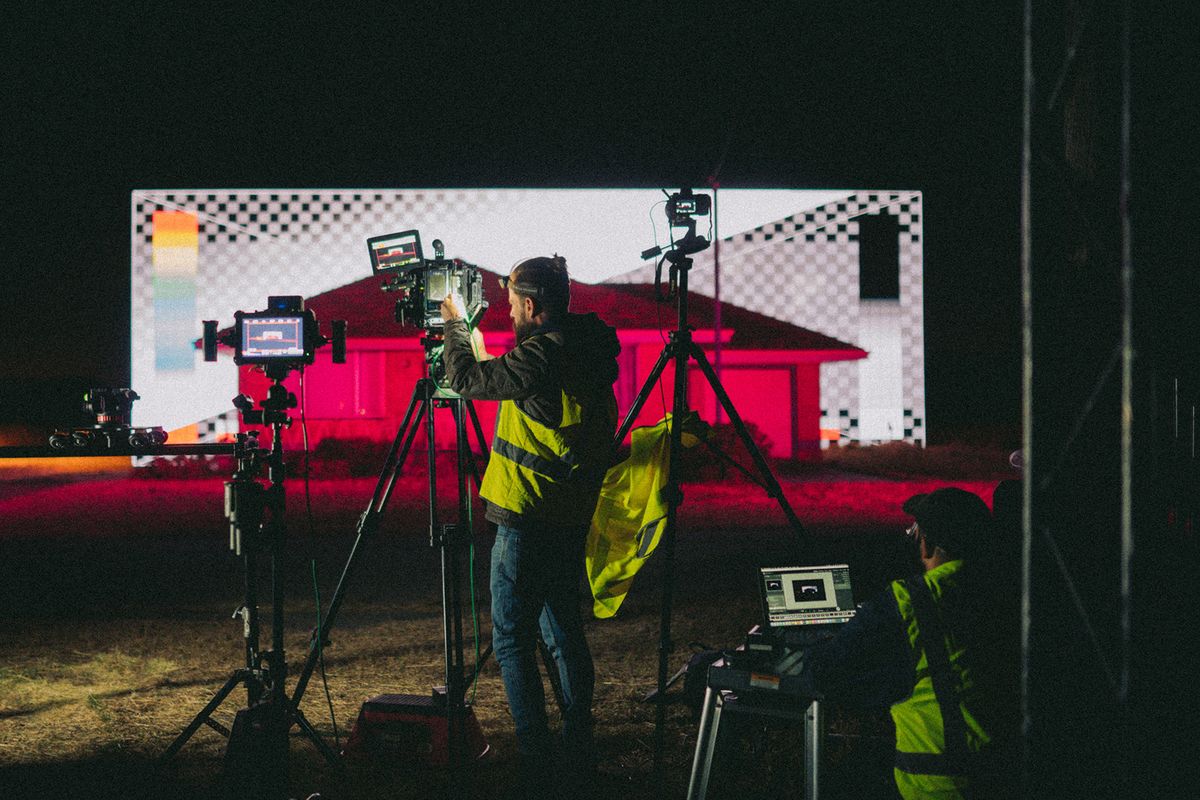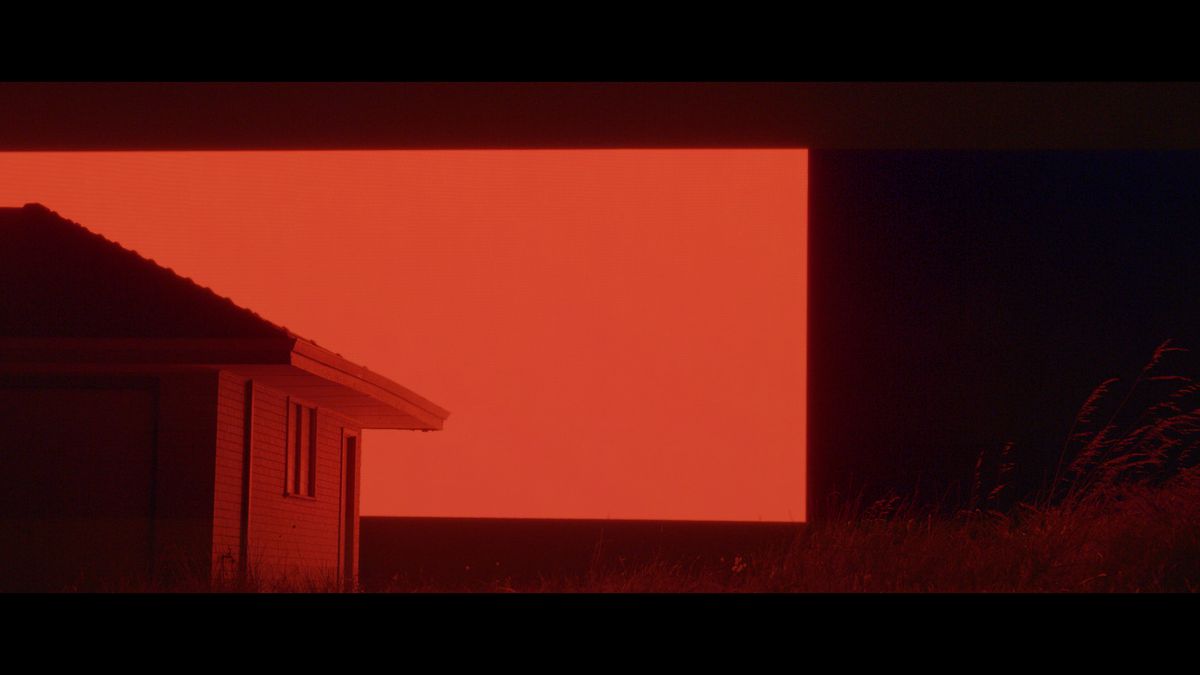There are compelling contradictions and complexities in the multidisciplinary artworks of Ian Strange. The Perth-born artist, who over the past decade has lived and worked in the USA and Australia, is known for his eerie explorations of domestic circumstances in crisis and decline. Strange depicts the darkness, disenfranchisement and disaster of emotionally and physically amplified living conditions with a beguiling, graphic and cinematic sensibility that simultaneously dislocates the viewer and monumentalizes the built artefact.
Strange returned to Perth in 2020 and spent the following two years working on Australian projects, including Dalison, a collaboration with acclaimed US musician and producer Trevor Powers. The site-specific performance work comprises a single-channel film, a four-part photographic series, a content-rich website and the short documentary “Making Dalison.” One of Strange’s most ambitious projects, this immersive, pulsating work has been realized at a time when the house has been the subject of unprecedented pressure: in the face of a global pandemic, the world’s populace rapidly shifted to working and learning from home, testing the limits of the domestic archetype and reimagining the suburban condition. Strange’s interpretive installation uses programmed theatre lighting and a stadium-sized video screen. This 260-square-metre scaffold, which functions as a giant green screen, enables Strange to confuse and augment the relationship between the building and its barren setting. “The idea of the project was to build this large-scale screen that would allow us to cut the house out of the landscape with light, to experience the home in shifting states of visibility, either silhouetted, isolated in darkness, or revealed in its vast, empty context,” says Strange. The atmospheric performance, which was documented over a period of three nights, is choreographed to Powers’ original 18-minute soundscape.
Ian Strange and Trevor Powers film still.
Image: Ian Strange
The hold-out house is a particularly fertile subject for Strange. He has engaged in a global study of these living conditions, generating thought-provoking works that probe the reasons people choose to stay in a house against all the odds – from the economic and political to the social and environmental. He observes, “In my work, I’m interested in universal and shared connections to the image of the home. These are places we tend to project with a sense of stability but are often more vulnerable and temporal than we would like to think. This is especially true in the experience of hold-out homeowners like those of 20 Dalison.” The beloved home of the Cukrov family for more than 60 years, the house – which will soon be demolished – is in the Perth township of Wattleup. The formerly vibrant suburb has been slowly subsumed by an industrial redevelopment that began in 1996, with more than 300 homes demolished and a corresponding destruction of community fabric and generational connections. In 2021, the abandoned number 20 Dalison Avenue and one other home were the last two remaining. Dalison thoughtfully pokes at the antagonism between the Australian home as an important site of memory and belonging, and the house as a realizable commodity that can be traded, developed and redeveloped.
With this work, Strange maturely signposts his place in the art of Australian suburbia after a sustained period of groundbreaking international practice. This national oeuvre includes the neon-powered blasts of Howard Arkley and John Brack’s broody depictions of the postwar optimism of the Australian suburbs. There is a prescient connection between Brack’s mid-century paintings of an emerging Australian suburbia and Strange’s most recent work. In works like Subdivision (1954), Brack drably depicts the scraped, bare earth of a newly cleared Australian landscape, freshly dotted with prosaic, brick-and-tile houses topped with pert, gable roofs. The houses that Brack enigmatically captured three-quarters of a century ago in their new-build state are the same ones that Strange depicts in his works. It is a disturbing tale of the rise and fall of suburbia, and Dalison is a powerful eulogy for a version of Australian life eviscerated by neoliberalism, consumerism and the seemingly unstoppable decline in housing affordability.
Visit dalisonproject.com for information on upcoming screenings and exhibitions.
Source
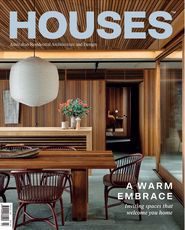
Project
Published online: 15 Jul 2022
Words:
Cameron Bruhn
Images:
Ian Strange
Issue
Houses, June 2022

